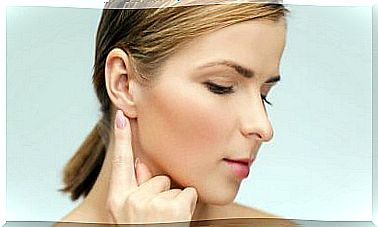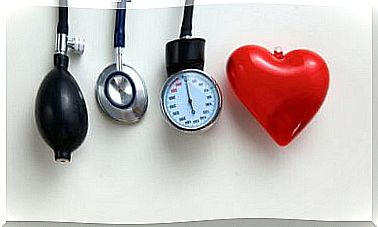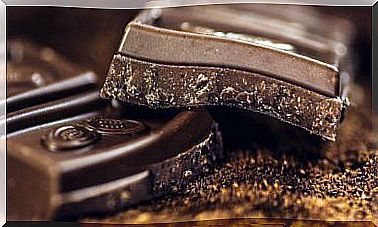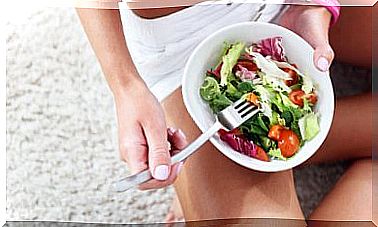Cryolipolysis: What Is It And What Is It For?
Cryolipolysis is a procedure to eliminate localized fat from the body when diet and exercise are not enough to achieve it. It is particularly indicated for those who have adiposity, but do not show a high level of overweight.
Currently, cryolipolysis is one of the most used methods for shaping the body. It stands out because it is a non-invasive procedure that uses only cold and a vacuum system to achieve its purposes. In addition, it has remarkable effectiveness.
This procedure must be carried out in a specialized center and with highly qualified personnel. Although it is basically risk free and has no side effects, it requires knowledge and expertise to be applied properly.
What is cryolipolysis?
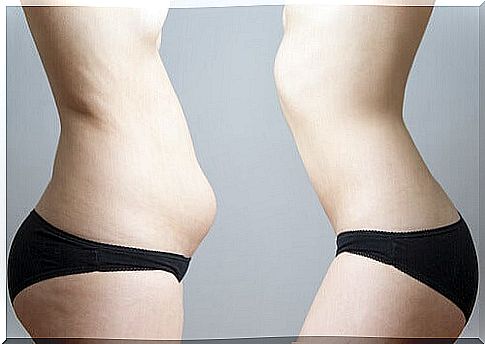
Cryolipolysis is defined as a non-invasive dermatological procedure to remove excess body fat through the application of cold. It has proven to be highly effective in reducing layers of fat, without damaging the skin or surrounding tissues.
This method was developed by scientists at Massachusetts General Hospital and Harvard University in Boston (United States). The objective of this treatment is to destroy fat cells, or adipocytes, lowering their temperature until they are broken down and eliminated.
The procedure is not indicated for obese people , but for those who have accumulated fat in specific areas of the body. It is applied mainly on the abdomen, legs, hips and knees. Fat is removed in small amounts, over a relatively long period of time, which can range from two to five months.
Cryolipolysis was born as an alternative method to liposuction and laser lipolysis. It has similar effects, but it is much safer. The method is not effective in sedentary people or those who have an inconvenient diet.
How does it work?
Fat cells have a large amount of fatty acids and this makes them very sensitive to cold. When they are subjected to freezing they are crystallized or ‘death wounds’, so to speak. Then they gradually perish and are eliminated in the urine.
If a person maintains a proper diet and exercises regularly, they do not accumulate fat again in the treated area, since adipocytes do not reproduce spontaneously. Therefore, this method is very effective, as long as those conditions are met.
The treatment is painless, since the same application of cold numbs the area to be treated. It is estimated that in a single session between 15 and 40% of the area where it is applied can be eliminated. The first changes are perceived three weeks after the first intervention. Only one area can be treated at a time and the number of sessions depends on individual characteristics.
The procedure
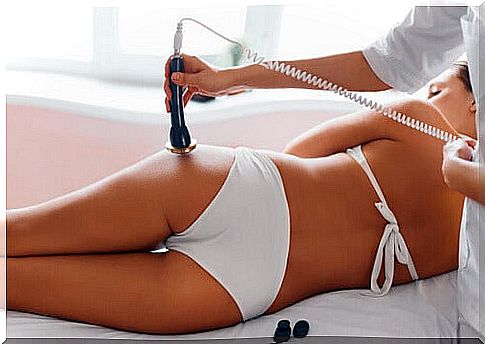
Before carrying out cryolipolysis, a specialist must determine if this treatment is appropriate for each person’s particular case. During the titration, a measurement of the accumulated fat will be made to establish the temperature range to be used.
Each cryolipolysis session lasts between one and two hours. There is no need for anesthesia and the patient can be seated; you do not need to hold still while the procedure is in progress. The first thing to do is put a multi-layered wipe on the area to be treated, as a means of protection.
Afterwards, the same area is placed on the machine and a suction process begins, while the adipocytes begin to freeze. When finished, the person in charge must do a massage to disintegrate the frozen fat crystals, which will then be eliminated by the body. The usual thing is to do between one and three sessions, with intervals of one month between one and the other.
Benefits and Contraindications
Cryolipolysis has great advantages over other procedures, starting with the fact that it does not require anesthesia and does not involve incisions or the use of needles. Likewise, it does not damage the skin and allows a quick recovery after each session. Plus, the results are permanent.
The side effects of this procedure are minimal. Basically, they include redness of the skin in the treated area and a feeling of tightness after finishing each session. Only in a few cases are there bruising, tingling, numbness, or cramps.
As already noted, this procedure is not suitable for people who are obese or have large accumulations of fat. It is also not recommended for pregnant or lactating women, patients with chronic diseases or minors. It is not advisable to apply this method during menstruation.


